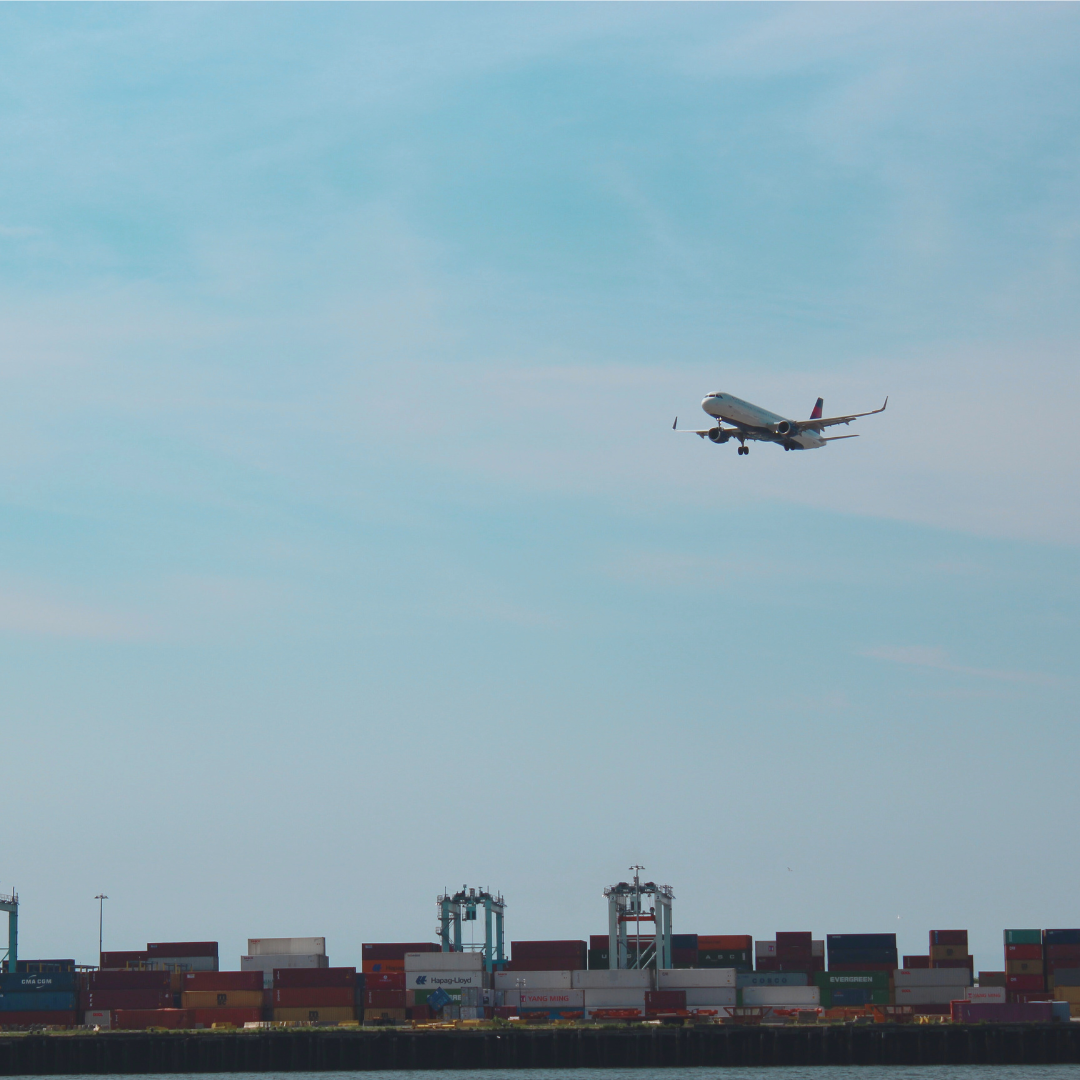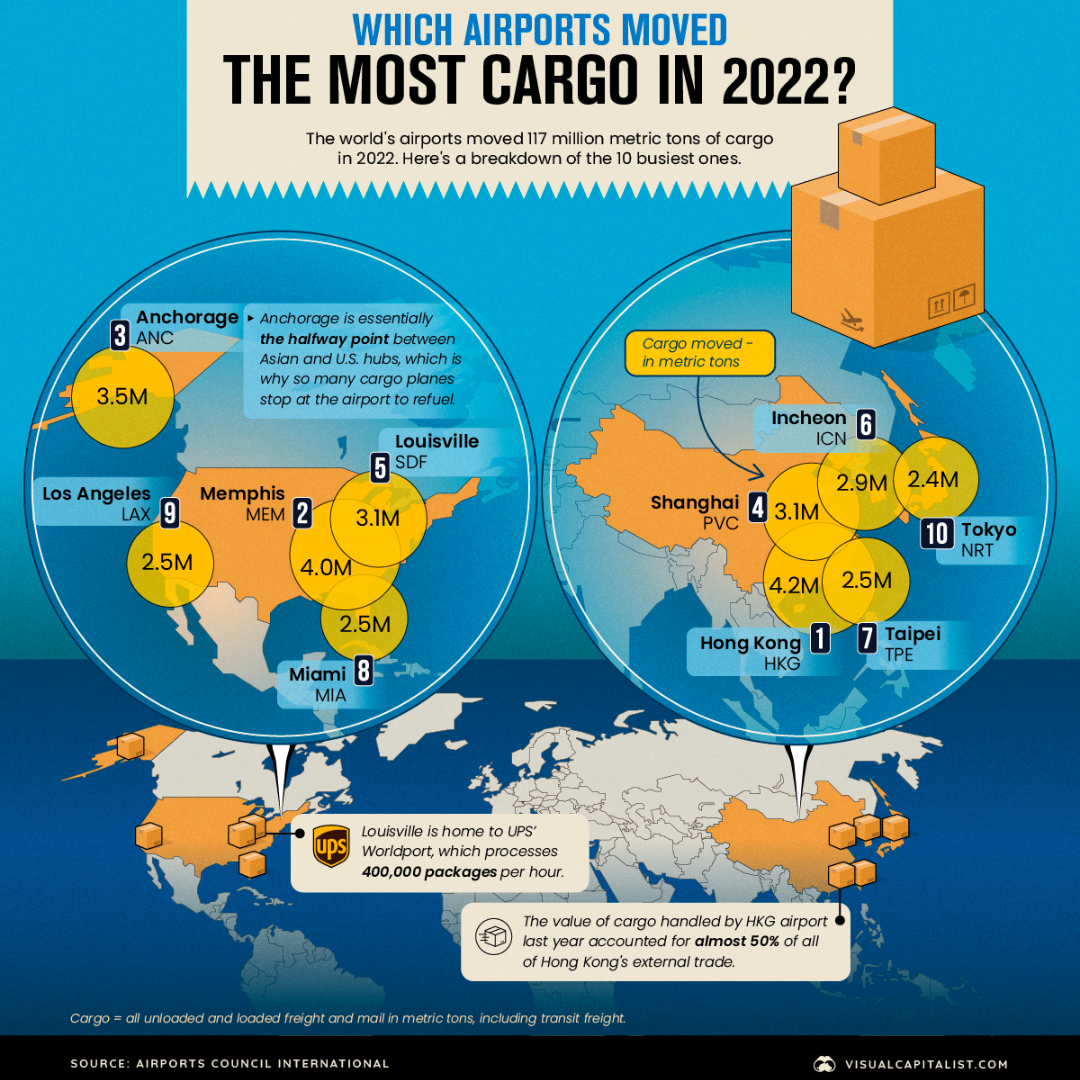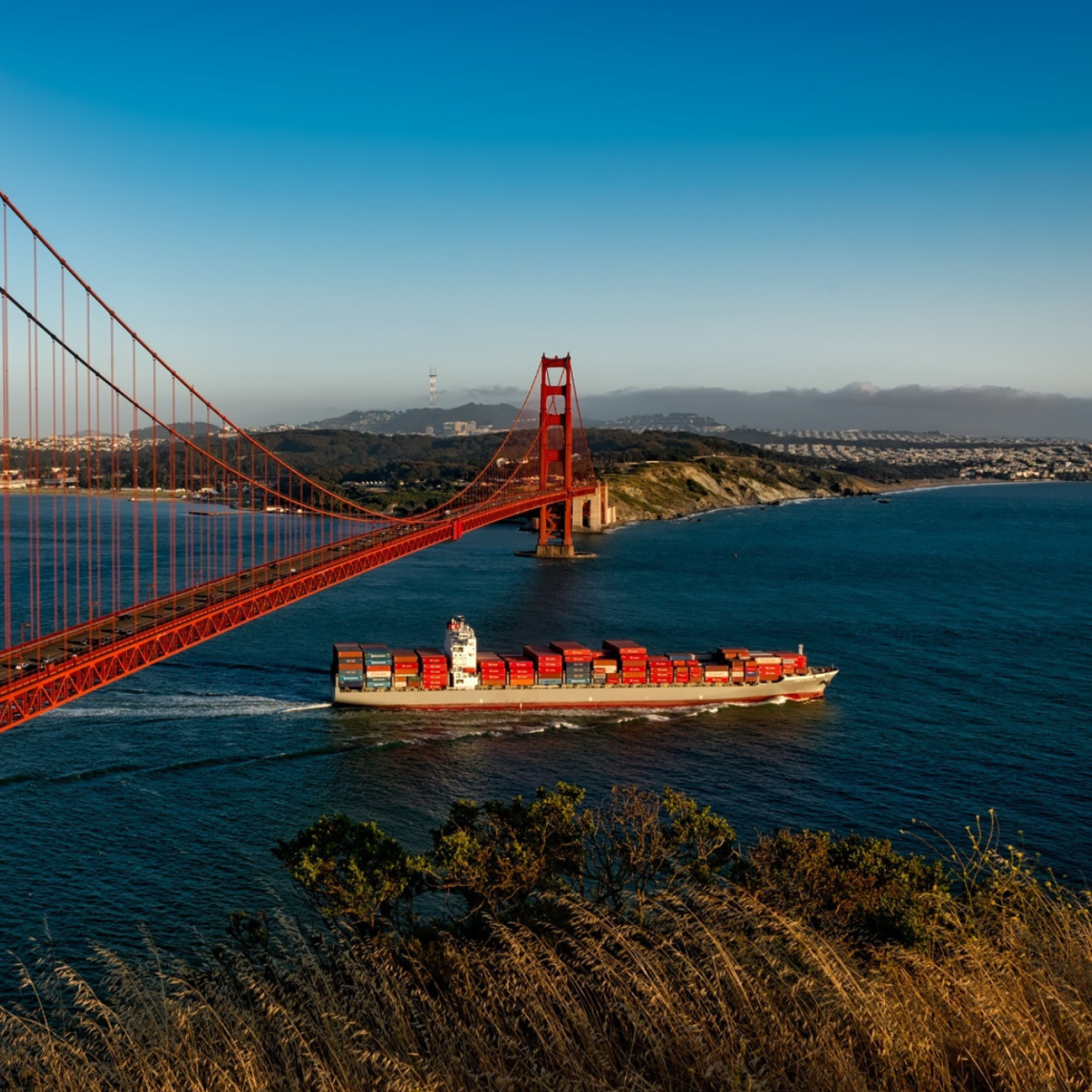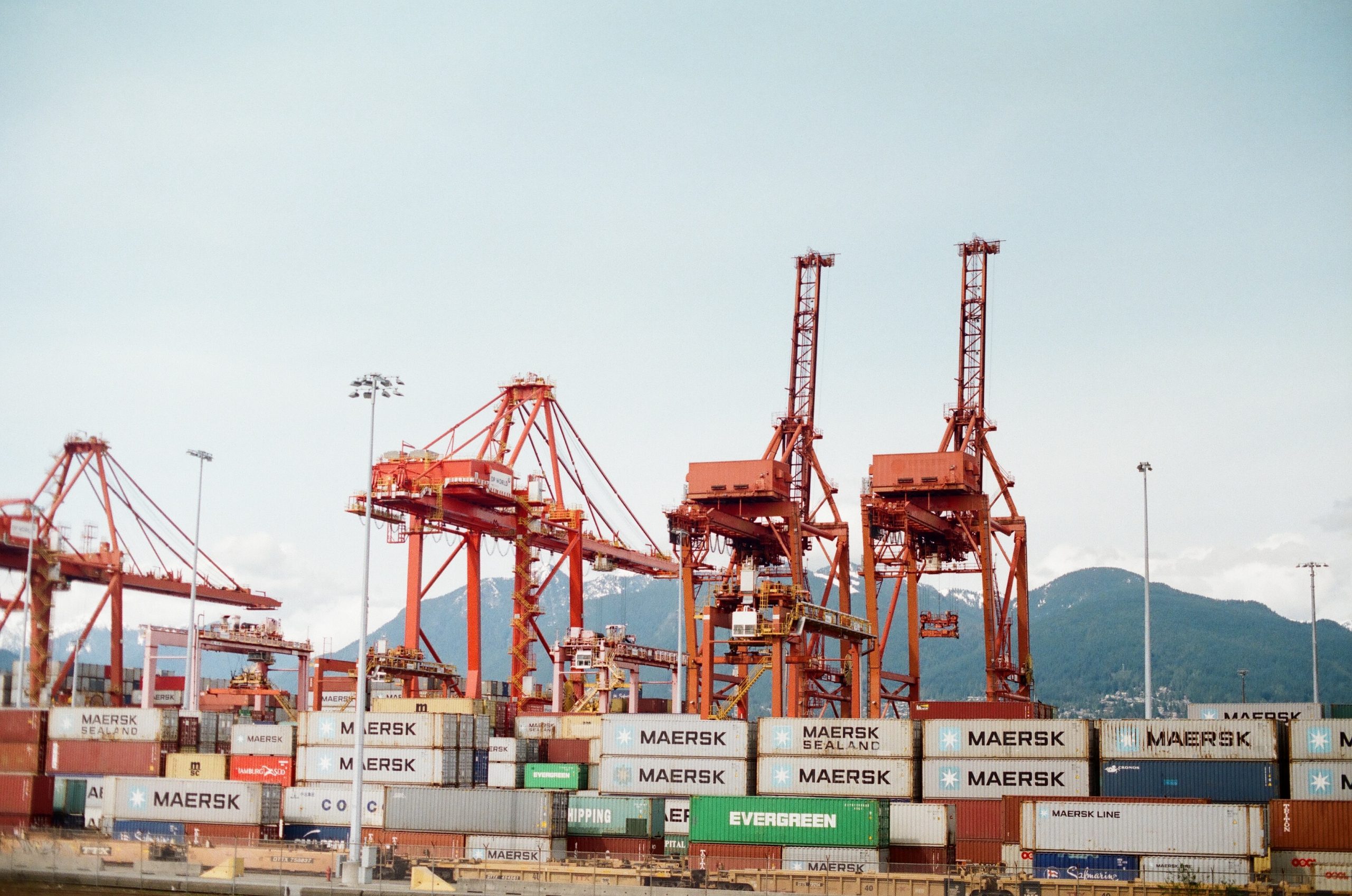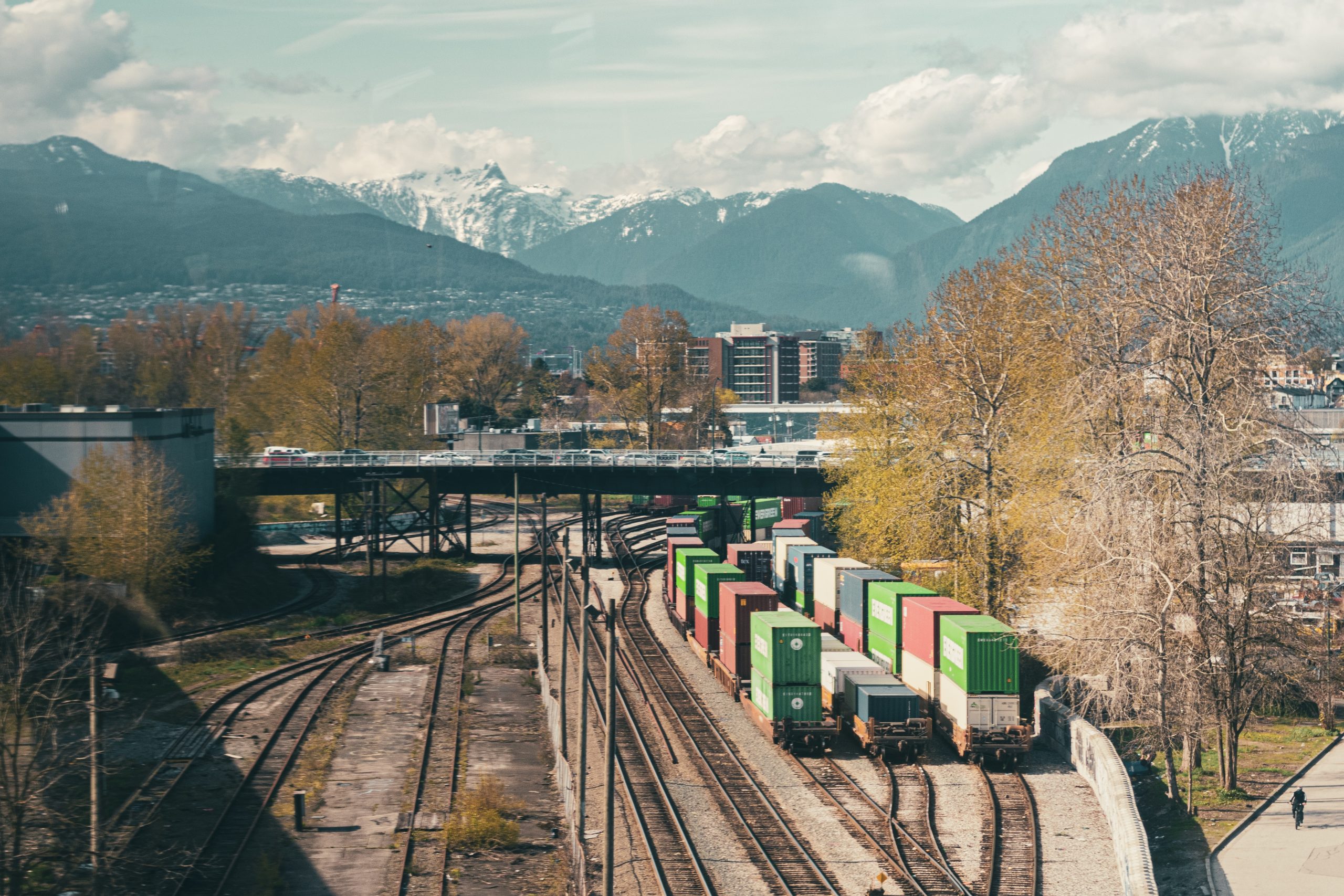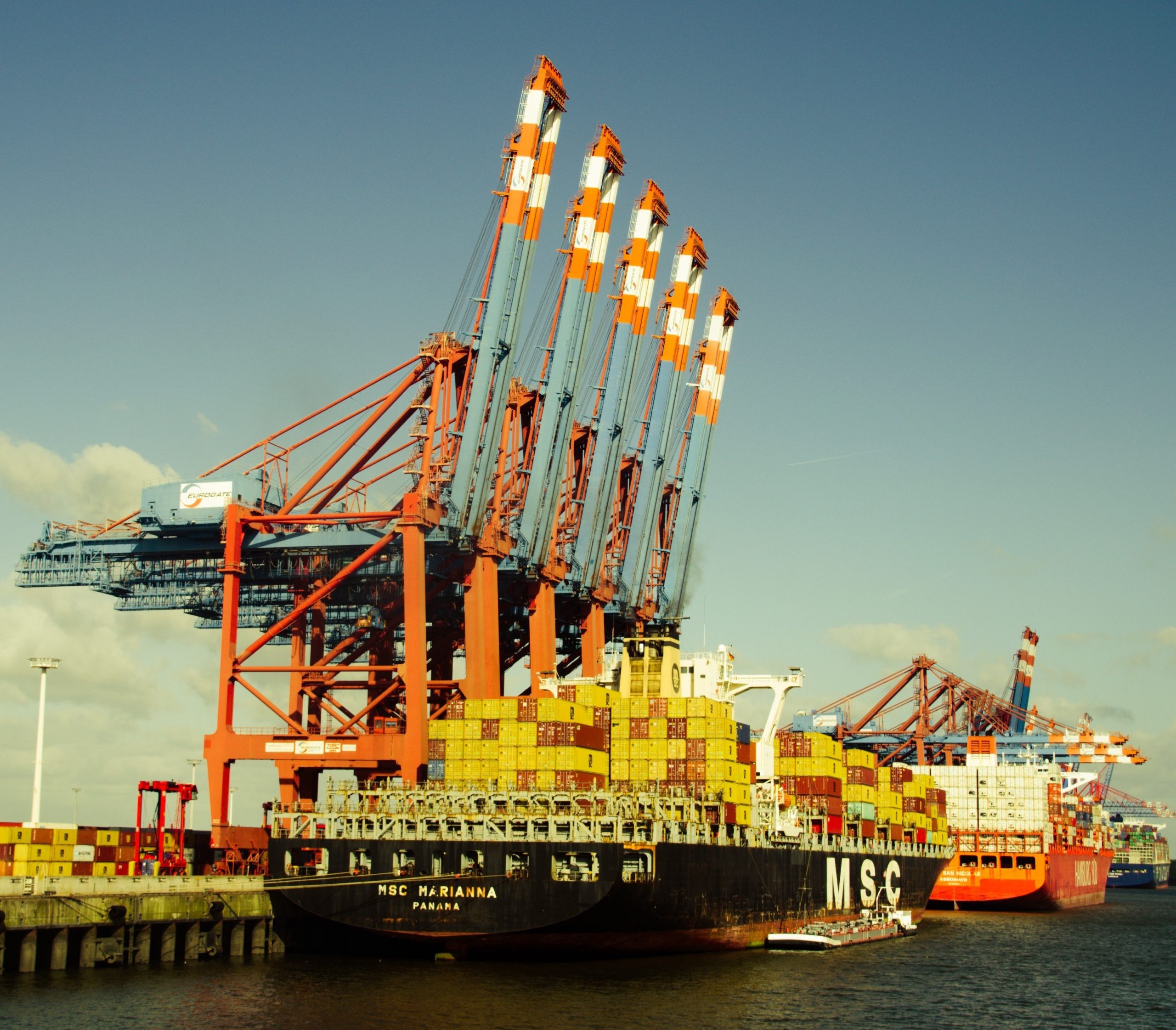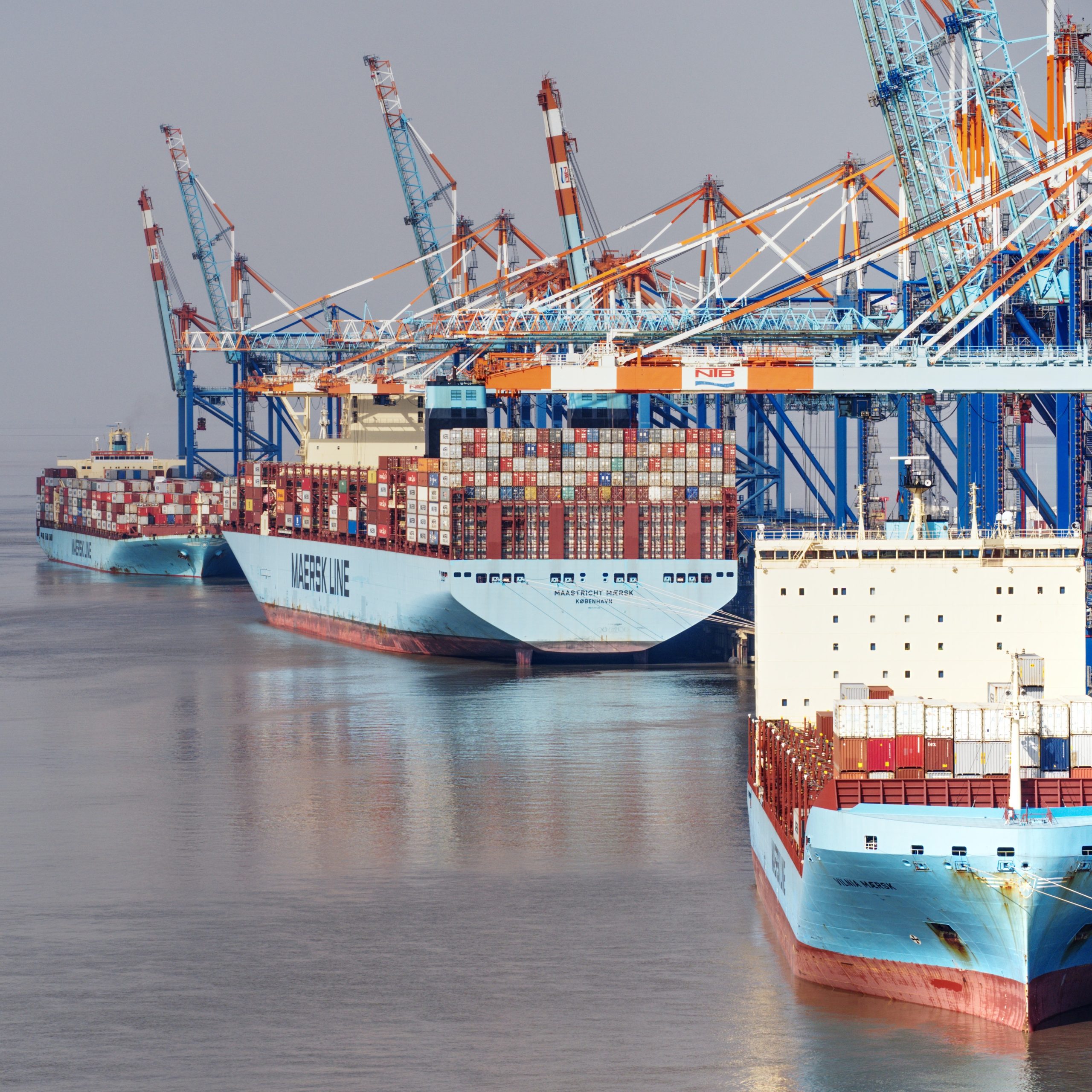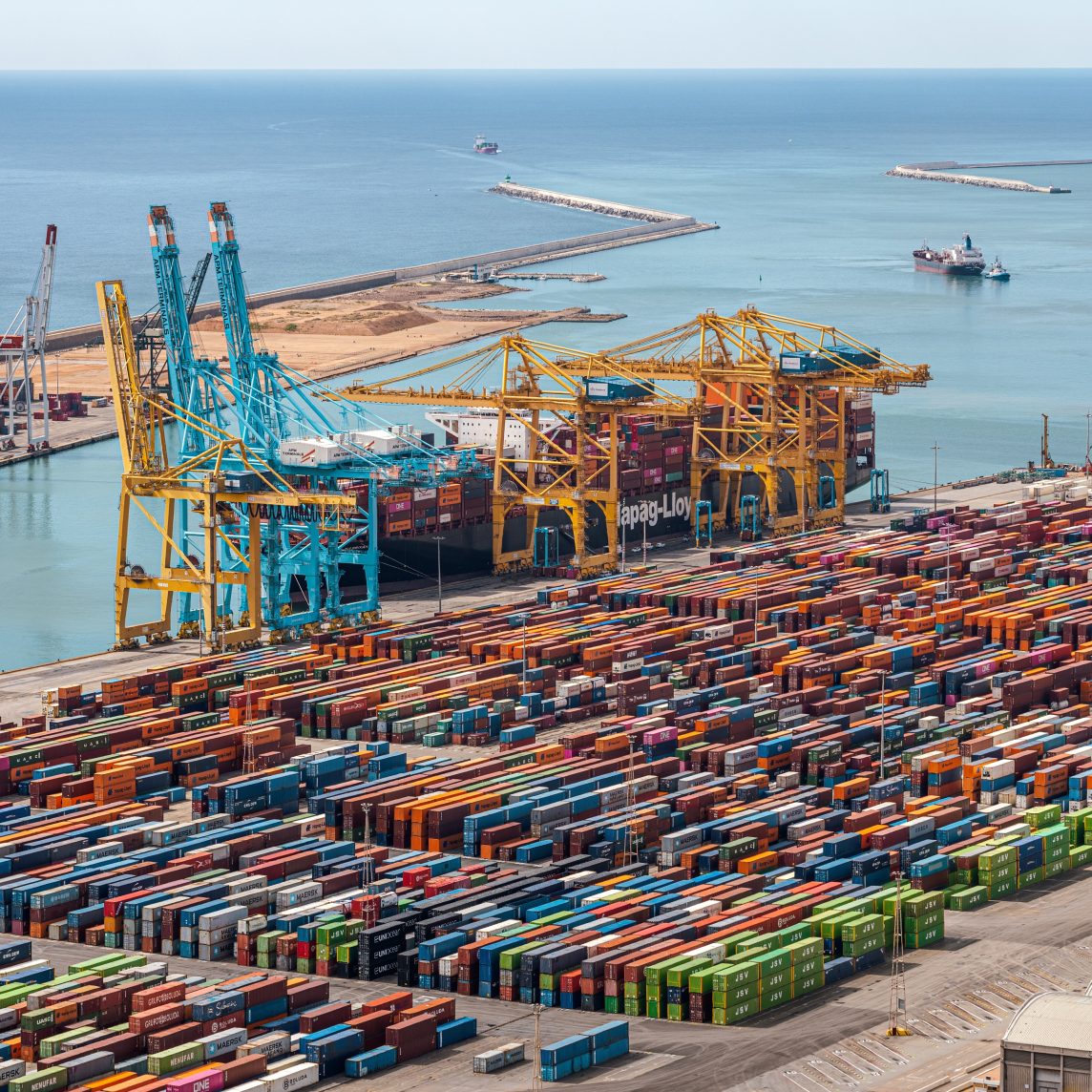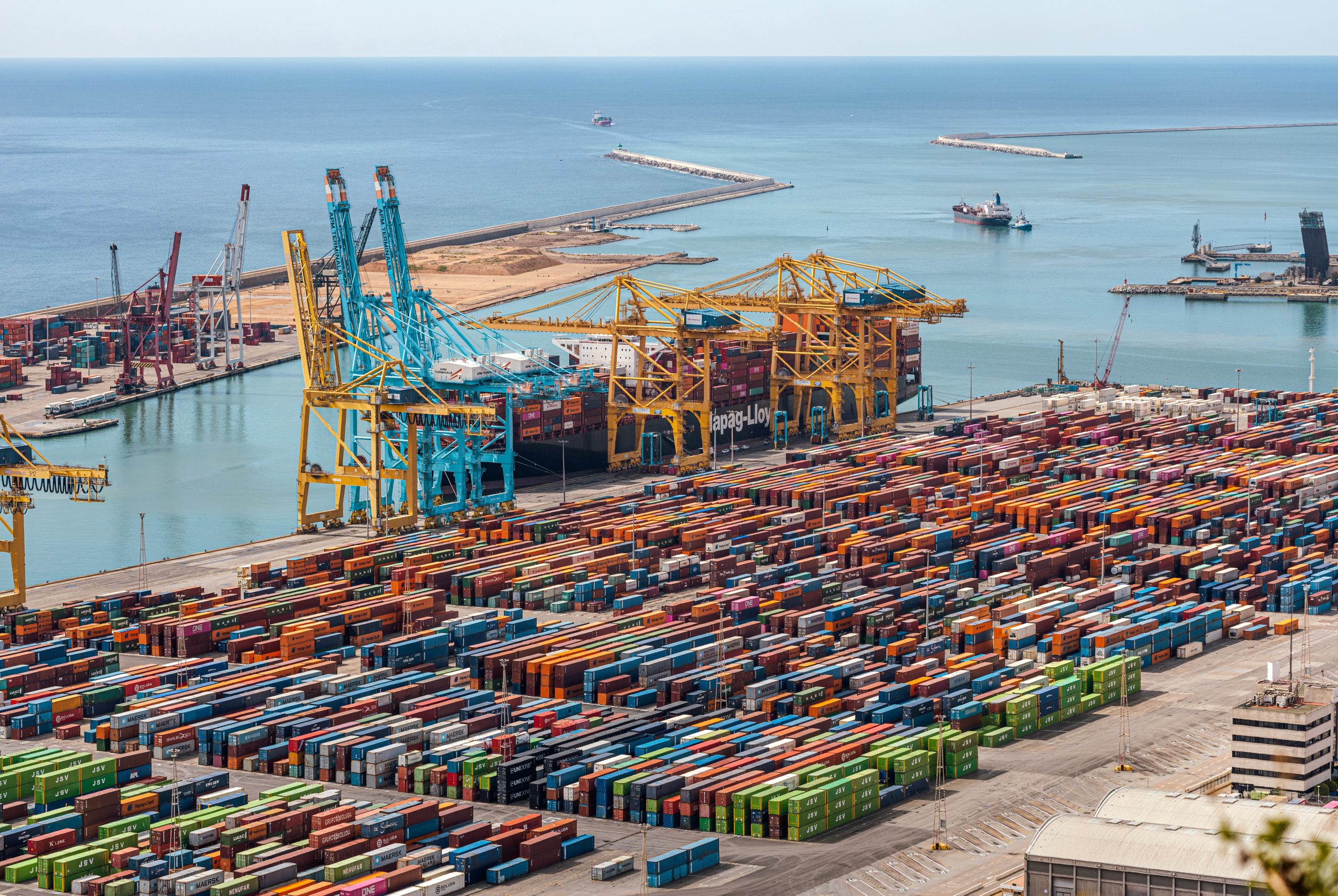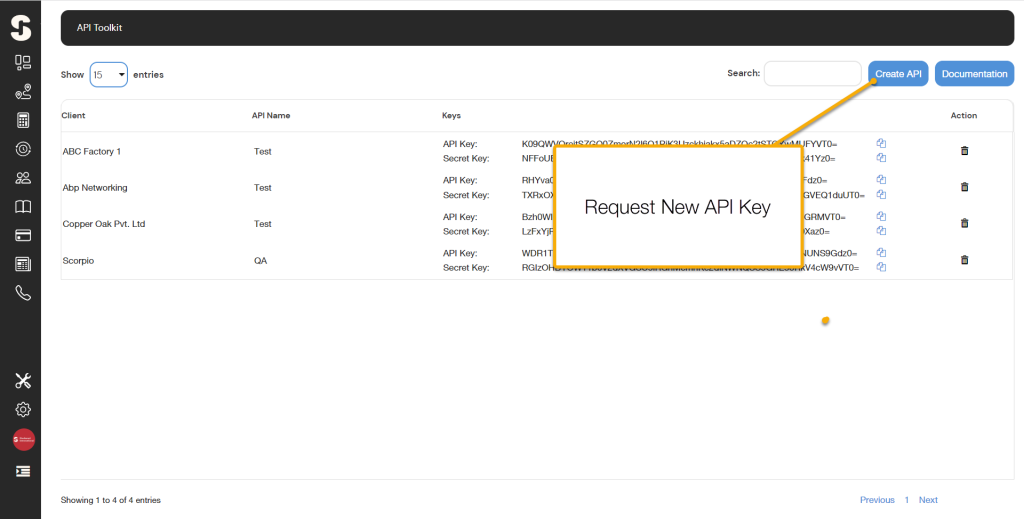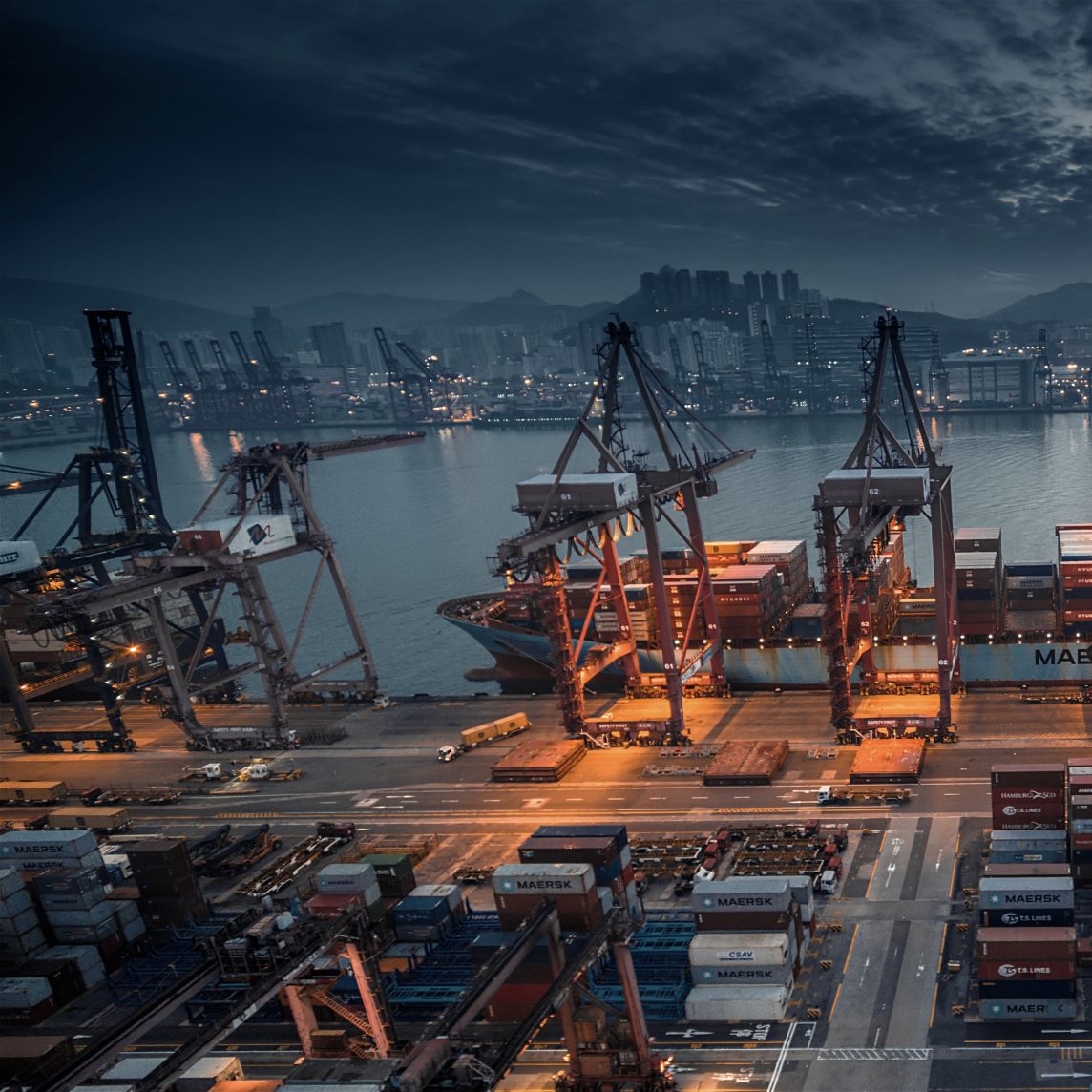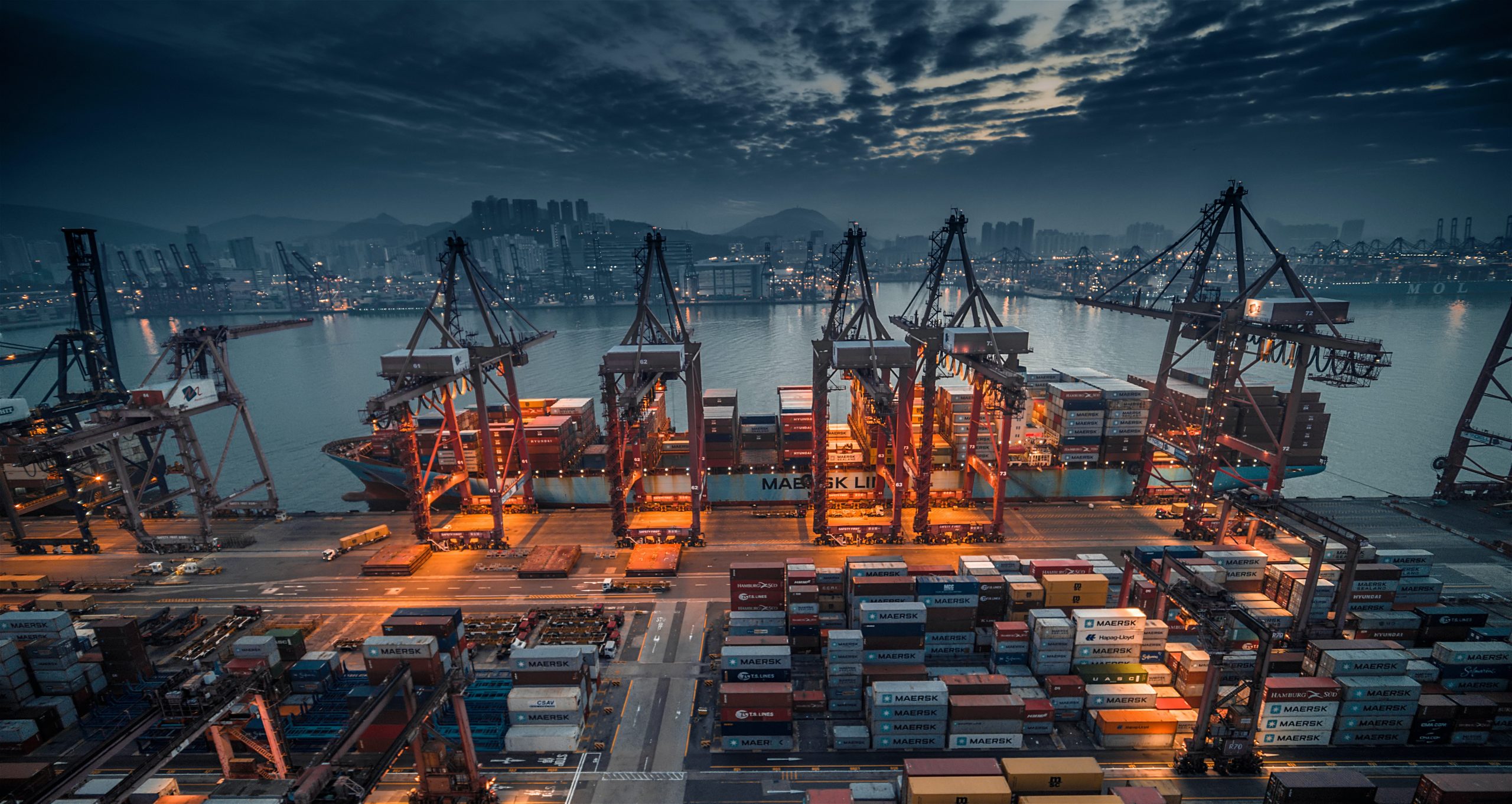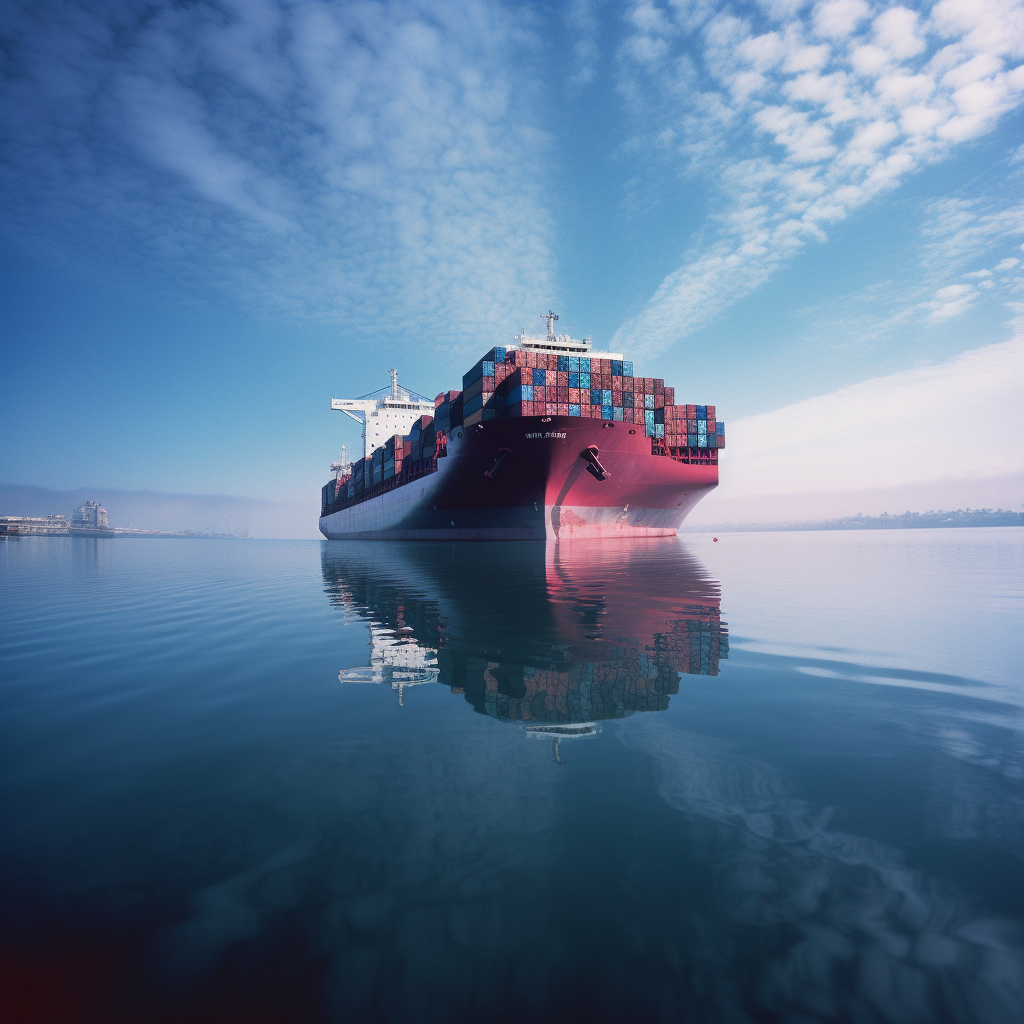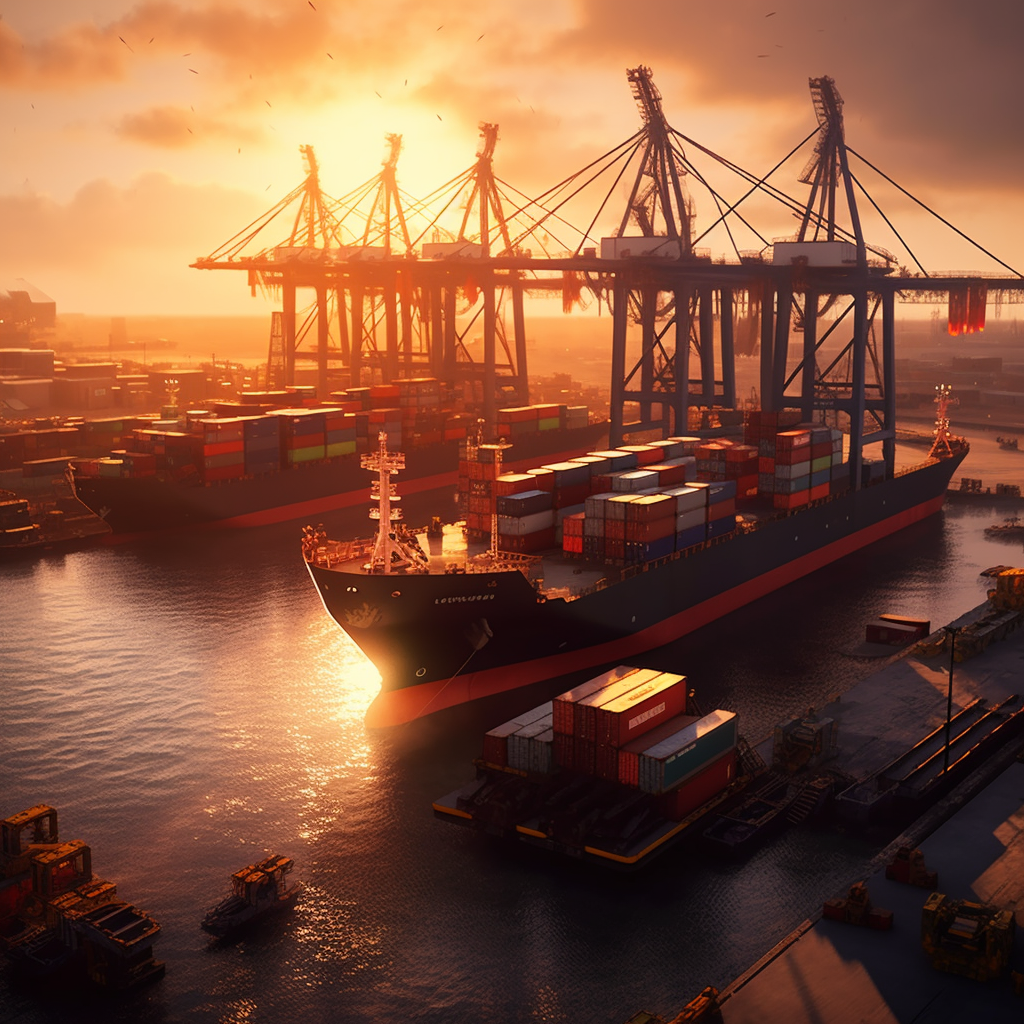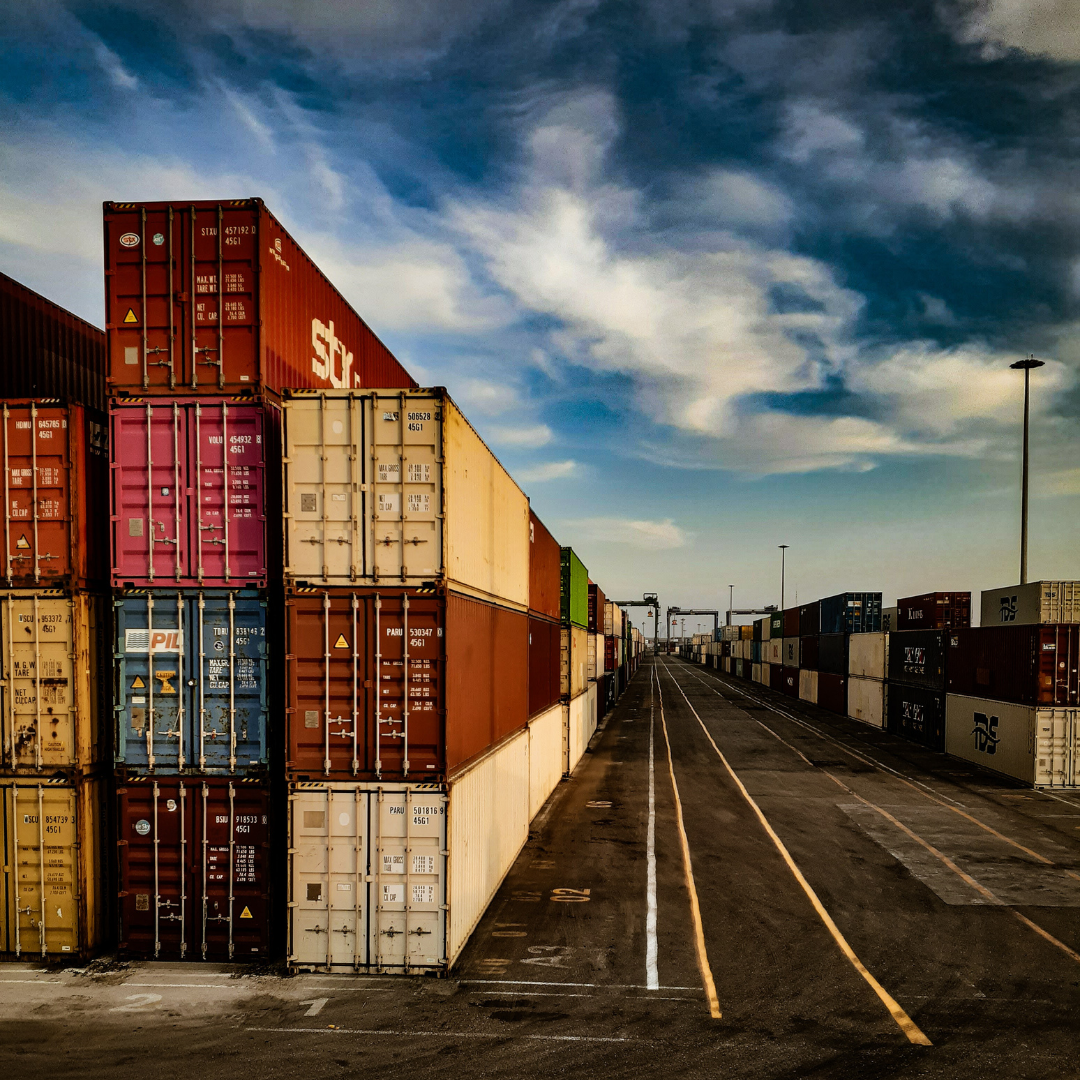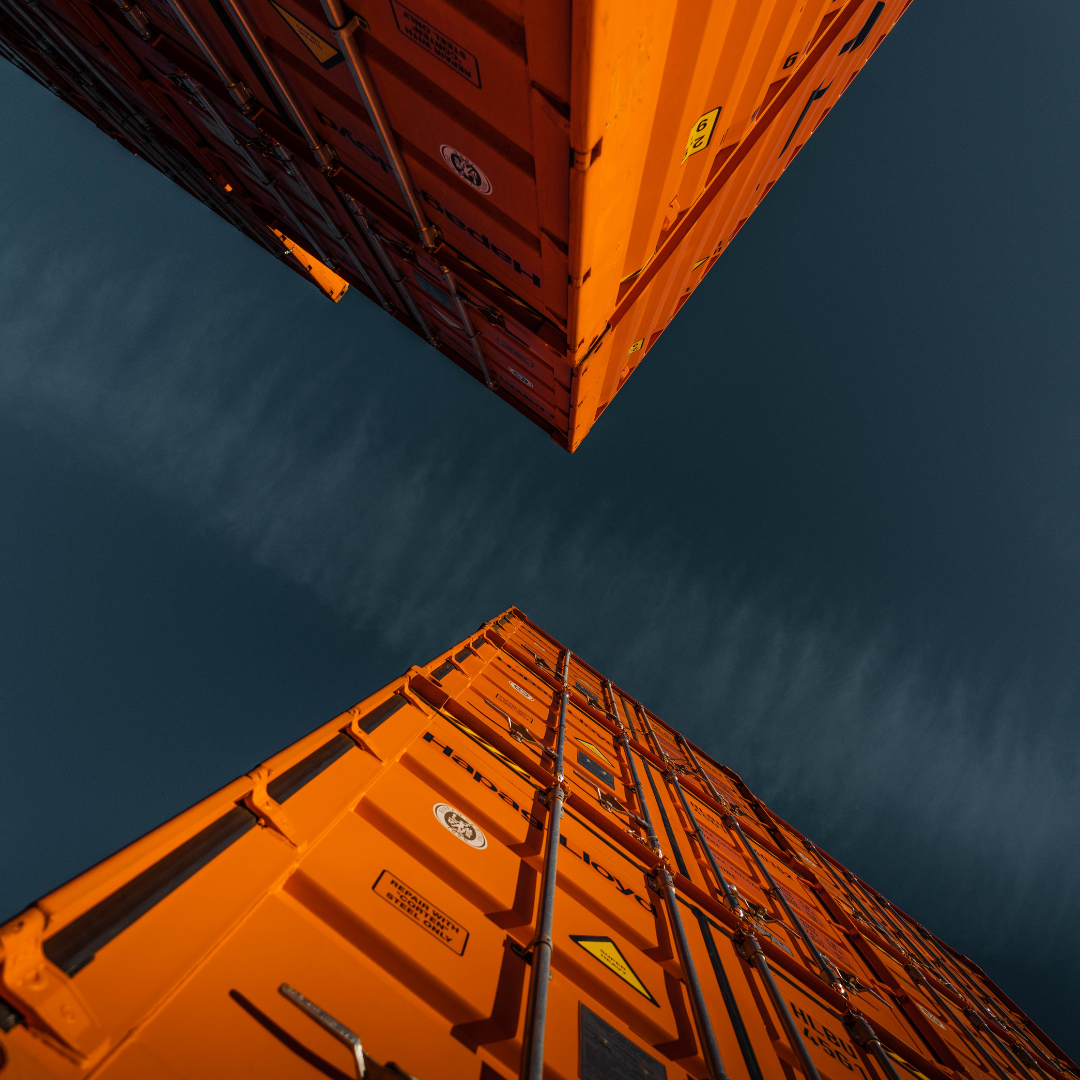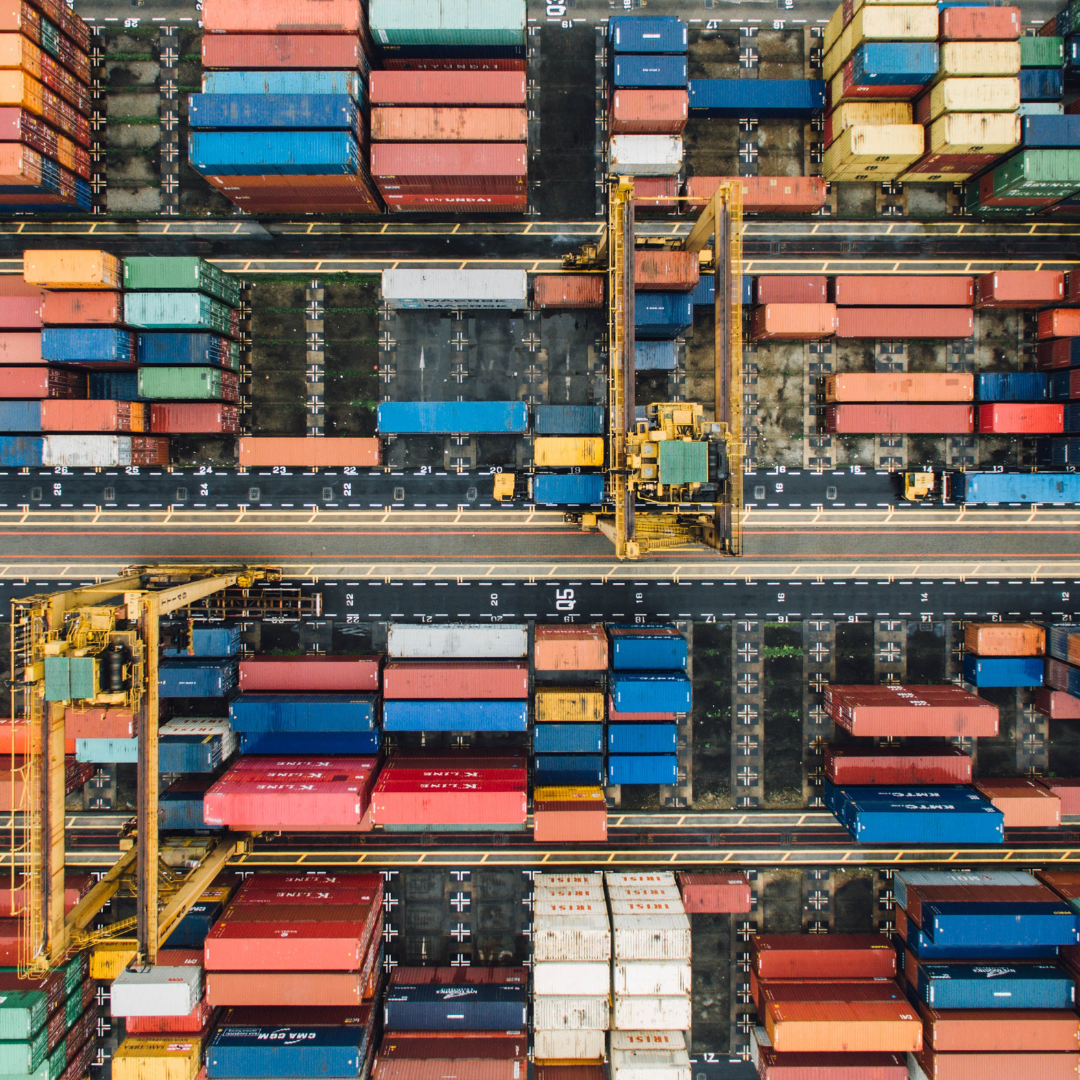Traffic Jam in Panama Canal Due to Drought
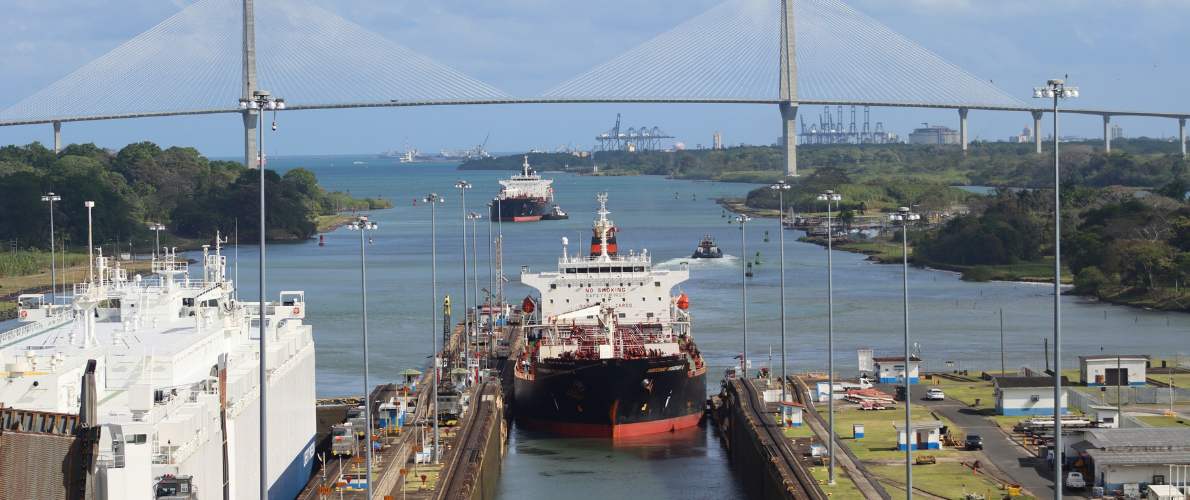
Lack of Rainfall Causes Logistical Issues
Two years ago it was the Suez Canal, but now effects from a traffic jam at the Panama Canal are reverberating around the globe.
Industry experts have been keeping a close eye on the canal as the region suffers from a prolonged drought. The lack of rainfall has forced the canal to limit the number of ships that can pass through. Each day without rain means big numbers. It is forecasted that the canal will miss out on a potential $200 million in income due to the necessary restrictions.
How Does the Panama Canal Work?
The Panama Canal is a water bridge that lets ships travel between the Atlantic and Pacific Oceans without having to sail through the Drake Passage below South America. It’s a shortcut that saves time and money. As the quickest route between the Atlantic and Pacific Oceans, the Panama Canal is a crucial thoroughfare for international shipping.
Unlike the Suez Canal, the Panama Canal isn’t a straight trench through the land. It is a series of locks and gates with a large lake in the middle, known as Gatun Lake.
Locks are essentially water elevators. Ships enter chambers and water is either added to raise the ships up or let out to lower them down. This process helps ships climb up and down the land’s natural slope. Each ship that travels the Panama Canal requires 51 million gallons of water from Gatun Lake to make the trip.
Ships coming from the ocean enter the canal through three locks, steadily rising up until they reach the level of Gatun Lake (85 feet above sea level). Then, ships sail across the lake and go down through a series of locks to the Pacific Ocean. This process takes roughly 10 hours for a ship to get through the Panama Canal.
Opened in 1914, the Panama Canal is an incredible feat of engineering. However, as we are now seeing, the creative solution to carrying ships over the hilly jungles of Panama is dependent on more than just human ingenuity to work.


The Current State of the Panama Canal
It has been a busy year for the canal. Typically, the Panama Canal sees 40 ships pass per day, or nearly 15,000 per year. However, just before the close of the 2023 fiscal year, the authority in charge of the canal reported 800 more vessels had crossed than their annual budget had forecasted.
While droughts are not unprecedented in the Panama Canal, this is the lowest total rainfall since 2000. Extreme weather events have been spurred on by the onset of El Niño, a weather pattern that refers to the warming of surface waters in the tropical central and eastern Pacific Ocean. El Niño effects usually peak in December, just a few months away.
How Long Will this Bottleneck Last?
The number of ships waiting to get through the canal has been steadily increasing over the summer. In August, there were 135 ships stuck waiting to use the canal. Freight forwarders are doing everything they can to get their cargo through. One ship even paid $2.4 million in order to get to the front of the line. The concern is that to meet demand, the high costs to get merchandise through will be passed along to consumers.
Some optimistic forecasters predict the canal will be able to work through the bottleneck, even with restrictions in place, due to lower consumer spending. This is likely wishful thinking as retailers are looking to restock their shelves in time for the holiday season. With the rainy season—which has so far been anything but—ending in December, restrictions are anticipated to be in place for at least another 10 months.
It is worth noting that unlike the situation where the Ever Given completely blocked the Suez Canal, ships are still able to pass through the Panama Canal. Cargo will still get where it needs to go, but shippers will need to budget more time, more money, or both.
SiShips Gives You the Advantage
SiShips combines expertise with state of the art software to bring you high quality domestic and international shipping solutions. We put the shipper in control, offering efficient and cost effective ways to ship your product.
To learn more about managed transportation with SiShips or to view a demo of our software, contact us today.

